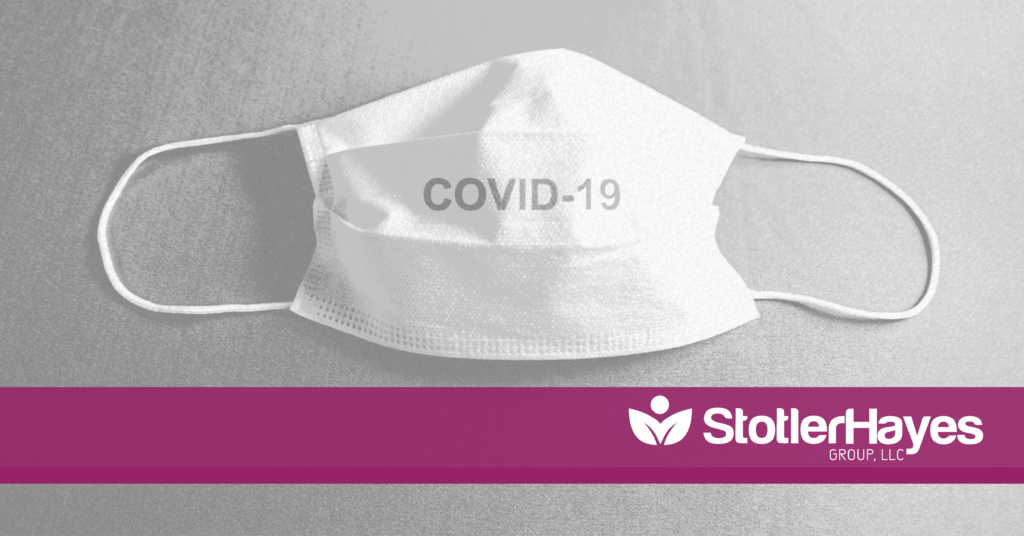Table of Content
- Assisted Living
- California nursing homes in high-risk wildfire zones are ill-prepared for emergencies: study
- Protect Residents from Fraud, Abuse, and Neglect and Promote Quality of Care
- CPSC warns that ‘bomb cyclone’ storm raises risk of carbon monoxide death
- Non-Waiver Medicaid Assisted Living and In-Home Care Services
- Support Federal Monitoring of Nursing Homes to Mitigate Risks to Residents
OIG reports have identified shortcomings in State agencies' effectiveness and recommended improvements to strengthen this safety system for nursing home residents. In 2008, lawmakers created a new nursing home rating system that aimed to streamline information about resident safety, staffing, and "dozens of other metrics" into a star rating system with a high score of five stars and a low score of one star. We're constantly working to make sure the information on Nursing Home Compare is as accurate and informative as possible.

HHS is requesting an additional $45 million in the FY 2020 budget to strengthen nursing home enforcement. "We're also committed to working with Congress to strengthen nursing home enforcement. The FY 2020 Budget also requests $442 million for Survey and Certification, a $45 million increase from the previous year," she said.
Assisted Living
To protect residents, OIG continually assesses nursing home performance and oversight, monitors the impact of program changes, and uses our enforcement tools to address misconduct. Between 2017 and 2019, health inspectors wrote up an estimated 5,700 nursing homes—accounting for more than 33% of all nursing homes in the country—for misreported data on residents' wellbeing, including nearly 800 homes with high overall scores. But even when such misreporting was discovered, the Times reports, federal auditors didn't more closely review all the data that those homes had submitted to CMS. Once calculated, the overall star rating—as well the individual scores for in-person inspections, staffing, and care quality—are posted to CMS' Care Compare website.
The LTHHC is only one of the many possibilities for seniors looking for resources and services to help with long-term care outside of a nursing home facility. While the LTHHC program is a Medicaid waiver, it might not be the best option, as New York operates many state-level programs for assisted living and in-home care that are not part of the waiver program. The Long Term Home Health Care Program is available to individuals who are medically eligible for placement in a nursing home and choose to receive services at home. The LTHHC program provides a coordinated plan of medical, nursing, and rehabilitative care provided at home to disabled persons who are medically eligible for placement in a nursing home, offering patients an alternative to institutionalization.
California nursing homes in high-risk wildfire zones are ill-prepared for emergencies: study
And at least in some cases, the Times reports, this results from corruption; an inspector in Florida in 2017 and the head of Oklahoma's health department in 2002 separately pled guilty to charges of accepting bribes in exchange for letting homes know when they would be inspected. Specifically, CMS as of 2018 requires facilities to submit payroll records detailing the daily hours logged by staff. However, CMS permits facilities to include in the total reported number of staff hours on Care Compare both the hours of staff who work directly with patients and the hours of administrative staff, who do not see patients—without any breakdown between the two. When administrative burden increases with little or no benefit, patients suffer because mountains of unnecessary paperwork keep providers from patients. Additionally, high administrative costs can make it difficult for facilities to operate, Verma said.
The Clinical Executive Conference will examine trends, challenges and opportunities facing clinical leaders in skilled nursing. CMS solicited comment on various related topics, including how MAOs preauthorize treatment in discrete increments; enrollee timelines to file appeals regarding termination of services; and how reinstatement of services is handled following quality improvement organization decisions. OIG examines risks to residents' well-being and recommends ways for CMS to better monitor and mitigate these risks. This work often includes assessments of how CMS is—or could be—leveraging data more effectively for oversight and to make risks more transparent to consumers.
Protect Residents from Fraud, Abuse, and Neglect and Promote Quality of Care
But this strategy makes more sense with high-value houses where the equity is likely to exceed any estate recovery claim. That’s not likely in your situation and, of course, you would no doubt have to invest more money to make the house suitable for rental. Although guidance from the Centers for Medicare & Medicaid Services encourages nursing homes to collaborate with municipal risk assessment and disaster planning initiatives, no clear standards exist to verify such partnerships, according to the study. The total number of emergency preparedness deficiencies also tended to be higher for exposed facilities than for unexposed sites, according to the study. To draw these conclusions, researchers from Yale University investigated California nursing homes that had received certification from the Centers for Medicare & Medicaid Services and were located within 5 kilometers (3.1 miles) of a wildfire risk area. Some states are further behind than others, according to an AARP analysis of federal data as of mid-October.

According to the Times, this analysis depended in large part on nursing homes' self-reported data from January 2020, which was submitted before the novel coronavirus pandemic temporarily altered how data is submitted, as well as payroll and cost report data from 2019. To assess how star ratings changed over time, the Times examined quarterly ratings and metrics through 2015. As an example of how this system can affect overall star ratings, the Times cited a nursing home in Florida, which in early 2019 had a two-star rating for its staffing. However, in the second half of 2019, the facility reported a dramatic increase in nursing hours—supplied entirely by the addition of administrative nursing staff—and by January 2020, the facility had a five-star rating, the Times reports. CMS fines nursing homes that don’t comply and the agency recently launched an initiative to invest these Civil Money Penalty dollars in efforts to reduce adverse events, improve staffing quality and improve quality of care for residents with dementia.
You can sell the house “as is,” or try to get a better price by fixing it up, or at least cleaning it out. If you advance your own money for these expenses, make sure you document it with a formal promissory note between your mother and yourself — even if you’re signing it as your mother’s agent under her durable power of attorney. Otherwise, the Medicaid agency may deem any repayment of the loan as a gift from your mother to you causing a period of ineligibility for benefits. To solve these issues, the authors advocated for a “responsive regulatory” incentive structure, in which regulatory interventions are aligned with both the risks incurred by the homes and their emergency preparedness status. Looking into emergency preparedness deficiencies at these homes, the researchers found that the exposed facilities had a greater percentage of at least one such issue — 83.9 percent versus 76.9 percent.

In April 2018, we incorporated data on nursing home staffing based from a new payroll-based journal system into Nursing Home Compare and the Nursing Home Five-Star Quality Rating System. The new PBJ data allows CMS to more accurately track staffing levels in nursing homes. CMS Administrator Seema Verma details a five-point plan to improve quality of care and regulatory enforcement at the nation's nursing homes. The remaining proceeds of the sale will go to your mother and may render her ineligible for Medicaid until they’ve been spent down.
With the lawsuit, Ms. James seeks to prevent new resident admission, install monitors to oversee the facility's operations and finances, and ban existing or hidden owners from their roles. Among the examples noted in the lawsuit, a diabetic man was given a wheelchair without footrests, forcing him to drag his feet on the floor — leading to sores. Part of his toe had to be amputated at the hospital as a result of the infections, and not long after he returned to the center, he died, the investigation found.

OIG annually publishes the top unimplemented recommendations that, in our agency's view, would most positively affect HHS programs in terms of cost savings, program effectiveness and efficiency, and public health and safety if implemented. Recommendations concerning nursing homes that were unimplemented as of October 2021 appear in the table below. Decades of OIG work on nursing homes has uncovered widespread challenges in providing safe, high-quality care. Our audits, evaluations, and investigations have raised concerns regarding staffing levels, background checks for employees, reporting of adverse events experienced by residents, and other issues. "We are developing our regulatory strategy in a way that puts patient quality and safety first while removing unnecessary burdens on providers that create staffing challenges and increase cost without increasing quality," she said.
“Emergency preparedness in nursing homes should be commensurate with local environmental risks to ensure residents’ safety,”a statementfrom the journal said. CMS should take actions to ensure that incidents of potential abuse or neglect of Medicare and Medicaid beneficiaries are identified and reported. HHS' Centers for Medicare and Medicaid Services has an essential, ongoing responsibility to oversee nursing homes and shares with State agencies the responsibility for ensuring that nursing homes meet Federal requirements for quality and safety. CMS oversees the State process for certifying nursing homes and provides guidance to States regarding the survey process. Proper nursing home care requires a partnership involving Federal, State, and local entities, the provider community, residents, and their families.
More than $15 million in phony rent payments were mad to Cold Spring Realty — which just so happens to be owned by the same people who operate the nursing home, the investigation found. There was also more than $5 million allegedly paid for what was said to be "consulting." Seamlessly supplement your clinical assessments with CareScout’s nationwide network of 35,000+ registered nurses.

No comments:
Post a Comment